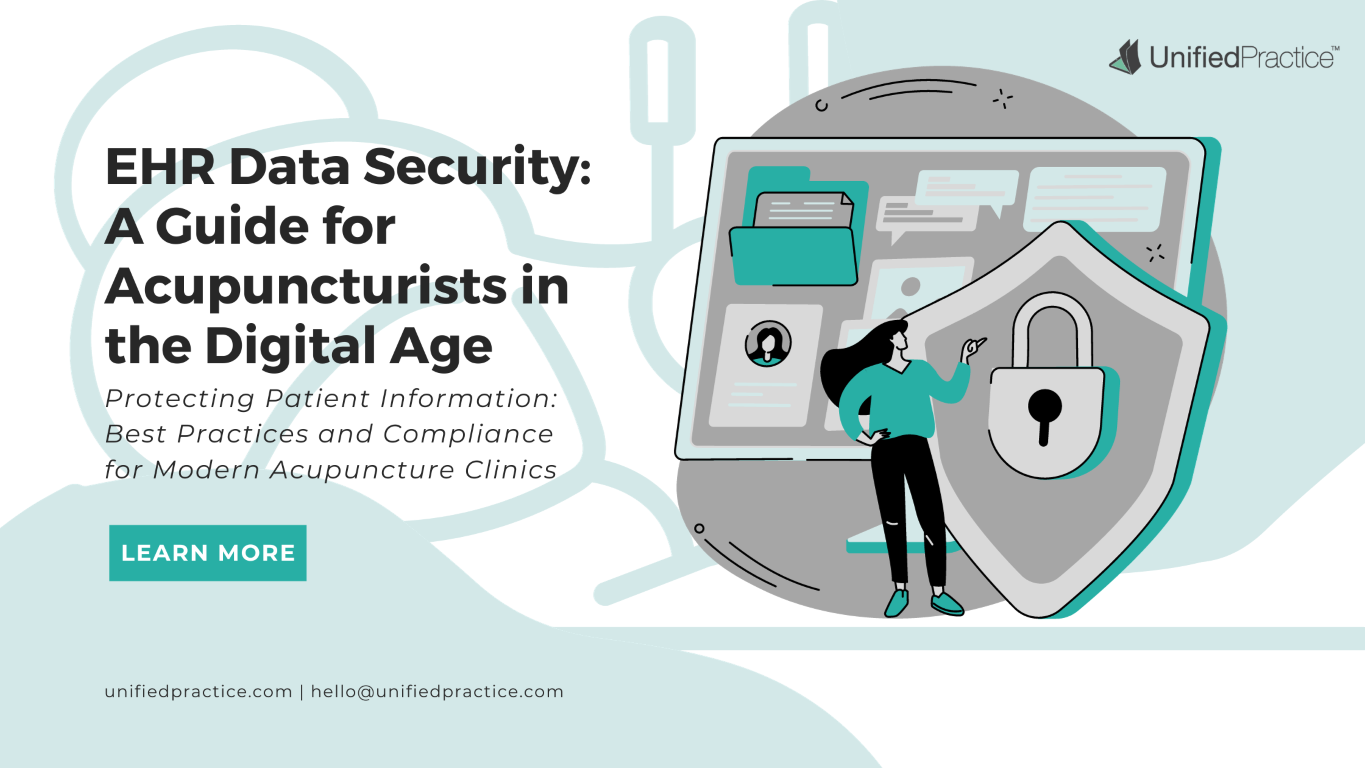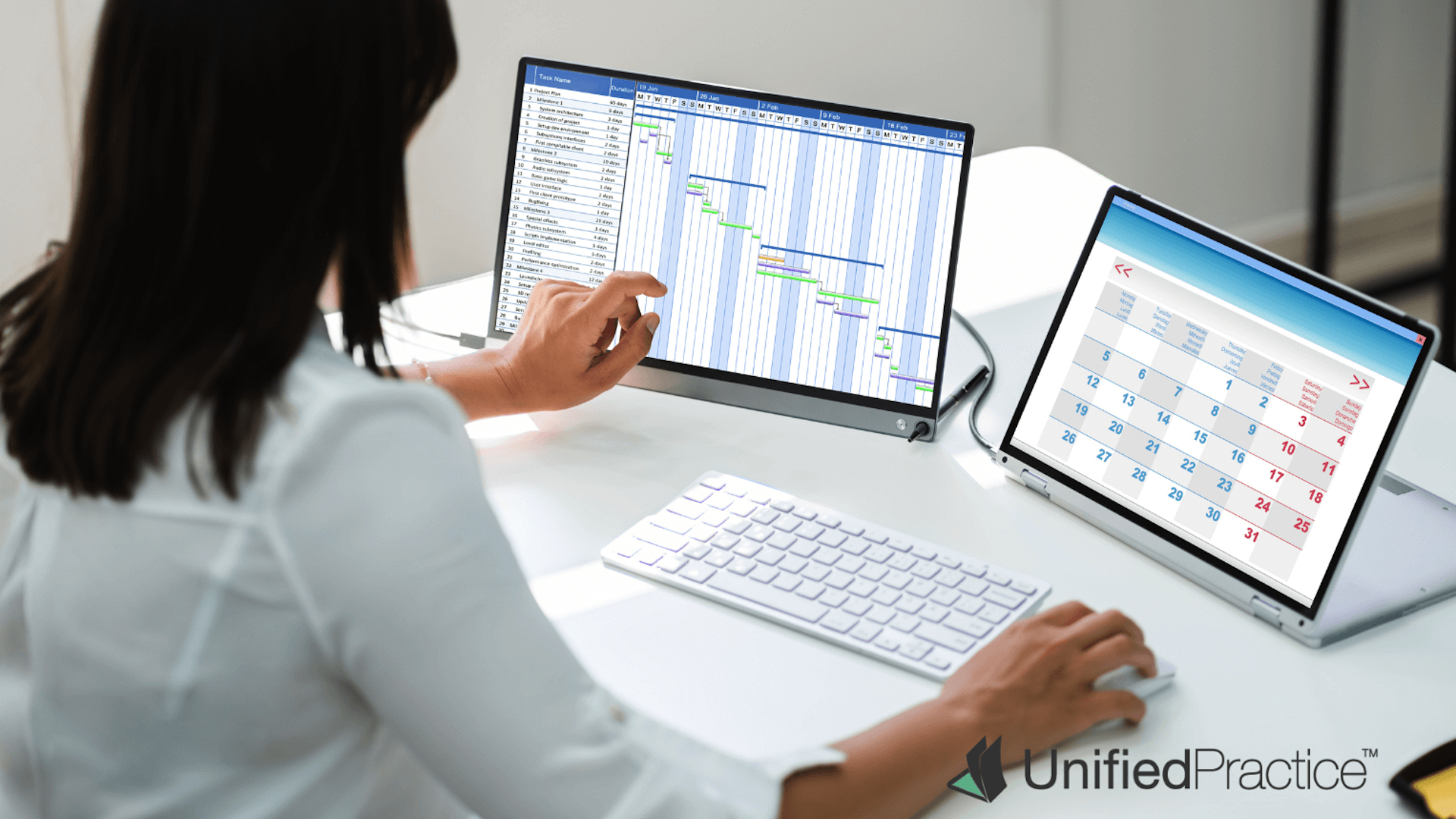 We created this new series of interviews called Educator Spotlight to learn about TCM schools that have incorporated Unified Practice’s acupuncture practice management software into their programs.
We created this new series of interviews called Educator Spotlight to learn about TCM schools that have incorporated Unified Practice’s acupuncture practice management software into their programs.
Katherine Taromina is Academic Dean at the Seattle Institute of East Asian Medicine (SIEAM). In addition to her work as a clinical practitioner, she has been an educator for twenty years.
Dr. Taromina was kind enough to take the time to speak with Unified Practice.
Can you tell me about your school and the kind of program you offer?
We’re a graduate program in East Asian Medicine in Seattle, Washington founded by Dan Bensky and Paul Karsten in 1994. We now have three programs — a Master of Acupuncture, a Master of Acupuncture and Oriental Medicine, and more recently we’ve begun offering a Doctor of Acupuncture and Herbal Medicine.
What would you say are the most challenging aspects of running this school?
We’re a small school by design so we have unique challenges that larger institutions may not share. In many ways it honestly makes things a lot easier to run — with our small staff we’re very much a family-style community. We all know each other really well and we’re all very connected on a daily basis. But it can be a challenge because our resources are slightly more limited than a larger institution.
How many staff members do you employ?
We have just under ten between the clinic and the administrative staff. Everyone here is mostly part-time.
And the number of students at any time?
An average-size cohort is about twelve, but we’ve had a wide variety. We take in a new class only once per year, and our cohorts have been as small as three and as large as eighteen since the school’s inception.
How has TCM education changed in recent years?
This is an exciting time for acupuncture education. It has changed quite a bit and is currently evolving. The main change is that our profession has moved into professional doctoral-level education. The profession has had a postgraduate doctorate for quite some time. We now offer a professional doctorate here at SIEAM. Many other schools are also either offering this degree or in process of developing one. This has been a real positive change in my opinion. We’re now increasing our focus on research literacy and on integrative medical best practices, as well as skills to better prepare our graduates for collaborative care. It’s been a growth period for all of us, something we’ve been evolving towards for more than a decade.
It can be a challenge for a small school like ours to enter into doctoral level education because of our limited resources. I think we do a phenomenal job but it’s definitely harder for us than for a larger school. But we are excited to be at the helm of smaller, independent schools offering this level of training. I think this is where our educational focus will be for the next five to ten years at SIEAM — developing the doctoral level competencies throughout all levels of our program.
Students are immersed in studying the theory and practice of acupuncture but how important is it that they learn about acupuncture practice management?
Given our size and our limited resources, we feel very committed to our decision to incorporate Unified Practice into our education. We feel strongly that our students should have these kind of skills going out into the workforce. It’s important that they’re already comfortable with and fully understand how to use such programs prior to graduation.
Many clinics are now using and will continue to use EMRs. As a profession, we are usually slightly behind the trends, but we’re now there with programs like Unified Practice. I’m thrilled that our students are getting this exposure now.
What kind of response do students have to the software?
Any transition is always interesting, challenging, and fun. Our onboarding has been more or less okay, but we’ve definitely had some challenges. More of our challenges have come from faculty members like myself who are not necessarily as computer savvy as our students tend to be. Our students are very happy about it collectively. I think they’ve been very patient and up for the challenge of transitioning our entire clinical operation from paper to online.
Can we talk about the way the Unified Practice platform is integrated into your education programs?
One of our motivations for making this happen for our students is that we have a very clinically-oriented program. Our students are in clinic from the very first trimester of school, which is unique. A program like Unified Practice will allow us to look at patient tracking and help our students learn about prognosis, treatment planning, and outcomes. They can now examine those things in a more seamless way while they’re in training. From an educational standpoint that’s a big plus for us and something we’ve been looking to improve, which is very hard when you’re charting on paper. Although we haven’t yet reached the place where we’re really doing that, we’re going to dive right in. I think a program like Unified Practice is going to make that a very real possibility for us.
How long has it been since you started using Unified Practice?
We launched it at the beginning of this past trimester, at the beginning of May. We’re already using all aspects of the resources that are available in the program such as muscle and orthopedic testing. We’ve started using features like the photos for example. These things are really cool. It’s a big change in keeping clinical records, that we can now go back and really follow a patient — tongue changes, different kind of skin changes, whatever the case may be.
Do you have anything general you’d like to say about using acupuncture practice management software in an educational environment?
My experience is wider than just being a faculty member. One of the things that a program like this does in an educational environment is that it helps prepare students for collaborative care. I have a tremendous amount of experience with an EMR system that was used in a large conventional institution. I think is a valuable experience for students to have to figure out best charting practices for a chart that might be looked at electronically by a variety of clinicians, even though Unified Practice might just be their own private EMR system when they graduate. In any case it certainly mirrors what might be done in a collaborative environment, working with other allied health care providers which all use and share EMR records. For that reason it is a really important thing to introduce to them.
*
We thank Katherine Taromina for taking the time to participate in our Educator Spotlight series and we wish her continued success.
Stay tuned to this blog for more interviews, including Clinic Spotlights where we’ll discuss what lessons, tactics, and marketing tools other clinics are using to grow their TCM and acupuncture practices.
By Matthew Leask




